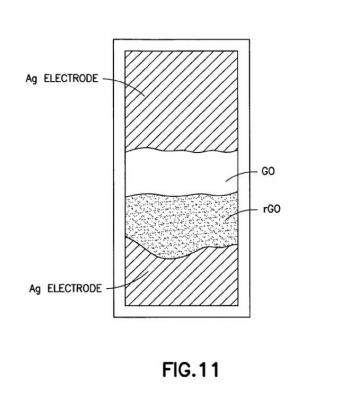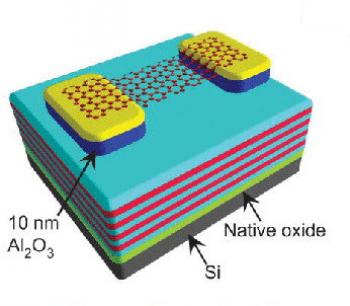New Cambridge facility to produce graphene in large quantities
 Cambridge Nanosystems, a Cambridge University spin-off company, is building a vast new factory that can reportedly make up to five yearly tonnes of graphene. This might mean that graphene will be available to scientists in large quantities, which may hopefully speed up research breakthroughs. The factory is being built with the help of a £500,000 grant from the Technology Strategy Board and is due to open in 2015.
Cambridge Nanosystems, a Cambridge University spin-off company, is building a vast new factory that can reportedly make up to five yearly tonnes of graphene. This might mean that graphene will be available to scientists in large quantities, which may hopefully speed up research breakthroughs. The factory is being built with the help of a £500,000 grant from the Technology Strategy Board and is due to open in 2015.
Cambridge Nanosystems aims to further graphene commercialization, and have devised a method of making the material in large volumes, without degrading its quality. The company uses a patented plasma system to turn biogas into graphene. The gas itself can be natural gas (like the one that is used in housholds) or even waste gas.



